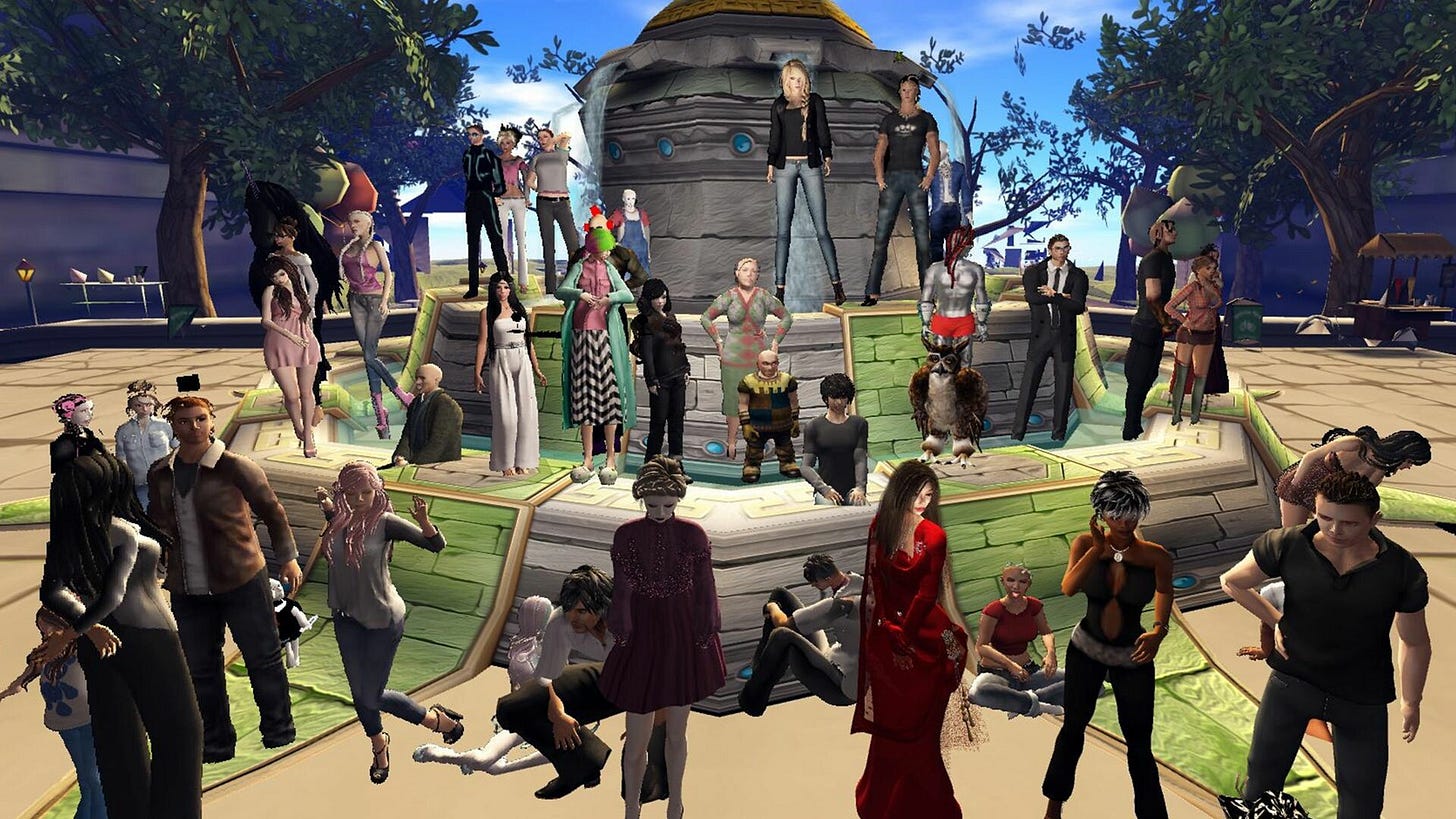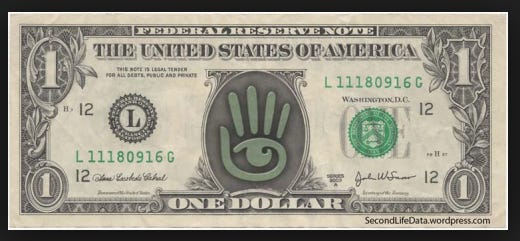The Architecture of Second Life: A Study in Market Dynamics
Scond Life emerged not merely as a virtual platform but as a groundbreaking experiment in user-driven capitalism
Introduction
Launched in 2003, Second Life emerged not merely as a virtual platform but as a groundbreaking experiment in user-driven capitalism. By 2015, its internal economy generated a GDP of $500 million, facilitated over $5 billion in user transactions, and sustained a currency-the Linden Dollar (L$)-that mirrored real-world monetary systems. This paper examines the structural foundations, entrepreneurial ecosystems, and regulatory challenges of Second Life’s economy, drawing on academic analyses, developer insights, and documented case studies to reveal its enduring relevance as a model for digital market design.
The Linden Dollar: A Managed Currency in a Decentralized Economy
At the core of Second Life’s economy lay the Linden Dollar, a currency pegged to the US dollar through Linden Lab’s centralized monetary policy. Unlike decentralized cryptocurrencies, the L$ operated under a hybrid model:
Floating Exchange Rate: The L$ traded at approximately 270–300 per $1 USD, stabilized through algorithmic adjustments to the money supply. During the platform’s peak growth (2006–2009), Linden Lab increased the L$ circulation by 65% annually to match economic expansion, preventing deflation as user-generated content proliferated.
Transaction Fees: A 5% commission on marketplace sales and land transactions generated $1.1 billion for Linden Lab by 2024, effectively functioning as a value-added tax on virtual commerce.
This semi-regulated framework allowed residents to convert digital earnings into real-world income. By 2009, 64,000 users profited daily, with top entrepreneurs like Anshe Chung (Ailin Graef) amassing $1.7 million annually through virtual real estate development.
User-Generated Capitalism: Property Rights and Innovation
Second Life’s economic vitality stemmed from its radical devolution of ownership. Residents retained intellectual property rights over their creations, fostering a marketplace with 2.1 million listings by 2024. This policy enabled diverse income stratification:
30% of creators earned over $1,000/year, supplementing real-world incomes.
7.4% exceeded $10,000/year, treating Second Life as a primary revenue stream.
14 residents surpassed $1 million annually, demonstrating the scalability of virtual enterprises.
The platform’s "camping" mechanic-paying users L$300/hour ($1.11 USD) to populate venues-created micro-economies where participation alone could offset real-world expenses. This blurred the line between leisure and labor, as residents monetized their presence in communal spaces.
Virtual Real Estate: Speculation, Bubbles, and Legal Precedents
Land ownership formed the backbone of Second Life’s economy, governed by tier fees ($5–$195/month) that generated $50 million annually for Linden Lab. The market exhibited cycles mirroring real-world property dynamics:
2006–2007 Boom: Land prices surged 400%, driven by investor demand for prime locations. Parcels in high-traffic zones traded for up to $1,680/month, rivaling physical real estate costs.
2009 Crash: The global financial crisis triggered a 60% correction, devastating speculative portfolios and prompting legal debates over the nature of virtual property.
Legal scholars argued that virtual land constituted a "modified leasehold," granting usage rights rather than absolute ownership model. Courts increasingly recognized these assets as taxable, further legitimizing their economic value.
Systemic Risks: Fraud, Griefing, and Regulatory Evolution
Second Life’s laissez-faire ethos invited exploitation:
Grey Goo Attacks: Malicious users deployed self-replicating scripts to crash regions, destabilizing land values. A 2007 attack on Anshe Chung’s estate inundated her virtual headquarters with obstructive objects, temporarily eroding her portfolio’s worth.
Pump-and-Dump Schemes: The 2008 "Meeroos" bubble saw breeders artificially inflate prices for virtual pets with rare traits before flooding the market, wiping out investor capital.
Linden Lab responded with hybrid regulatory measures:
Algorithmic Surveillance: Accounts transferring over L$500,000/day (~$1,850 USD) underwent scrutiny to curb money laundering.
Script Limitations: Tools like "Qarl’s FimFiction" quarantined malicious code, preserving platform stability.
Legacy: Economic Principles
Second Life’s economy offers enduring lessons for decentralized markets:
User Ownership Drives Innovation: By 2023, 21,152 residents earned income through the platform, validating the potency of creator-led ecosystems.
Currency Stability Requires Active Management: The L$’s semi-pegged model avoided hyperinflation despite 65% annual GDP growth-a feat unachieved by many real-world economies.
Land Markets Reflect Human Behavior: Speculation, gentrification, and regulatory arbitrage persist even in server-based environments, underscoring the universality of economic incentives.
Philip Rosedale, Linden Lab’s founder, encapsulated this dynamic: "Property rights are the key enabler of innovation... but absolute freedom breeds absolute risk". The platform’s $1.3 billion reinvestment into creator ecosystems underscores the viability of user-driven models, even as challenges like griefing and volatility persist.
Conclusion:
Second Life’s economy transcended its initial dismissal as a niche experiment, evolving into a case study in adaptive market design. Its blend of managed currency, decentralized ownership, and responsive regulation provides a template for emerging startups building out in this space. While no system can fully eliminate fraud or speculation, Second Life demonstrates that empowering users with economic agency fosters resilience.





